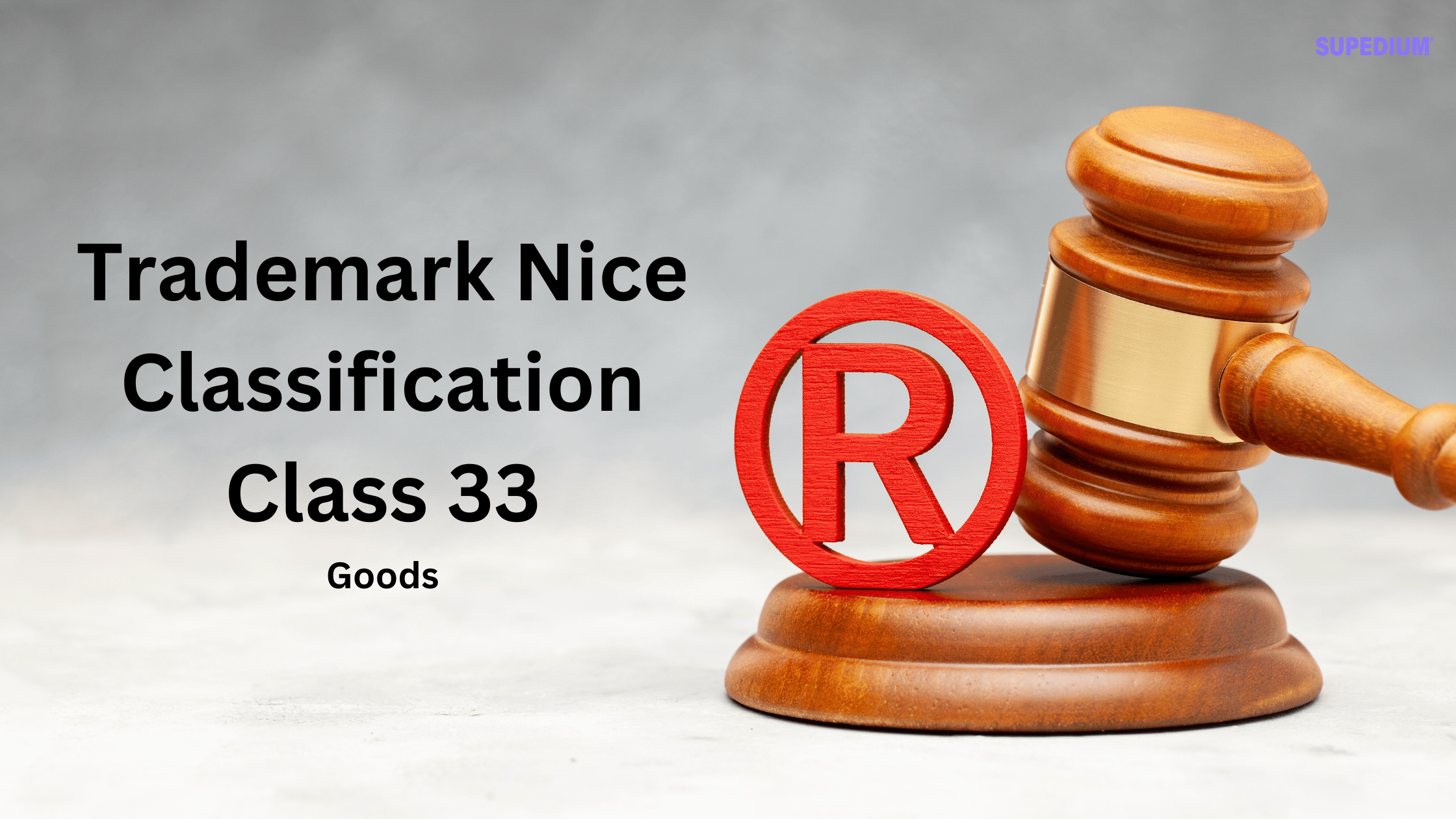Table of Contents
![]()
As the internet evolves from its initial static form (Web1) through its dynamic phase (Web2), we now stand on the cusp of a new era: Web3. This latest iteration promises to revolutionize the way we interact with digital technologies through decentralization and blockchain technology. However, the shift to Web3 brings with it a set of unique challenges and opportunities, particularly in the realm of user experience (UX). Understanding these elements is crucial for both developers and users as we transition into this new digital frontier.
1. Introduction
Definition of Web3
Web3 represents the third generation of the web, characterized by its decentralized nature. Unlike Web2, which is dominated by centralized platforms and services, Web3 leverages blockchain technology to give users greater control over their data and digital assets. This new paradigm focuses on peer-to-peer interactions, where intermediaries are minimized or eliminated.
Importance of User Experience (UX) in Web3
The success of Web3 applications hinges on their user experience. If users find decentralized technologies difficult to understand or use, adoption may be limited. Thus, optimizing UX in Web3 is not merely a matter of convenience; it’s essential for the widespread acceptance and functionality of these new technologies.
2. Core Components of Web3
Decentralization
Decentralization is a cornerstone of Web3, shifting power from central authorities to distributed networks. This model reduces the risk of single points of failure and enhances transparency. However, it also introduces complexity in managing and interacting with decentralized systems, which can challenge users accustomed to centralized services.
Blockchain Technology
Blockchain technology underpins most Web3 applications. It operates as a distributed ledger, recording transactions across multiple computers to ensure transparency and security. Understanding how blockchain works is vital for grasping the potential and limitations of Web3.
Smart Contracts
Smart contracts are self-executing contracts with the terms directly written into code. They automate and enforce agreements without intermediaries. While they offer efficiency and security, users need to understand how these contracts work to effectively interact with Web3 applications.
Cryptographic Security
Security in Web3 is managed through cryptographic methods, ensuring the integrity and privacy of transactions. Users must be aware of security practices, such as managing private keys and recognizing phishing attempts, to protect their digital assets.
3. Key Challenges in Web3 UX
Complexity and Usability
One of the primary challenges in Web3 is its inherent complexity. Users must navigate unfamiliar concepts like blockchain, cryptocurrencies, and decentralized applications (DApps). Simplifying these interactions is crucial for enhancing usability. This involves designing interfaces that abstract away complex details without compromising functionality.
Scalability
Scalability is a significant concern for blockchain technologies. Current limitations in transaction speed and cost can affect user experience. Solutions such as Layer 2 protocols aim to address these issues by improving transaction throughput and reducing costs.
Interoperability
Web3 is composed of various blockchains and platforms, each with its own protocols. Ensuring interoperability between these different systems is vital for a seamless user experience. Efforts are ongoing to create standards and solutions that facilitate cross-chain interactions.
User Education
Educating users about decentralized technologies is essential. Many users are unfamiliar with concepts like private keys, gas fees, and transaction confirmation times. Providing clear, accessible educational resources can help bridge this knowledge gap and improve overall user experience.
4. User Interface (UI) Design in Web3
Wallets and Onboarding
Cryptocurrency wallets are a critical interface in Web3. They must be designed with user-friendliness in mind, allowing users to easily manage their assets and interact with decentralized services. The onboarding process should also be streamlined to guide users through setup and initial transactions effectively.
Transaction Processes
Designing transaction processes in Web3 requires clarity and simplicity. Users should be able to easily understand the transaction details, including fees and confirmation times. Providing intuitive interfaces and feedback mechanisms can help users navigate these processes with confidence.
DApps (Decentralized Applications)
Decentralized applications (DApps) represent a new category of software that runs on blockchain networks. UI design for DApps should focus on usability and accessibility, ensuring that users can interact with the application without needing extensive technical knowledge.
5. Enhancing Web3 User Experience
Simplifying Interactions
To enhance UX, Web3 applications should prioritize user-friendly designs. This involves minimizing technical jargon, simplifying interactions, and providing clear instructions. Users should be able to perform actions with minimal effort and cognitive load.
Improving Accessibility
Making Web3 accessible to a broader audience involves addressing issues such as language barriers and design inclusivity. Localizing content and designing interfaces that accommodate diverse user needs can help ensure that Web3 technologies are accessible to everyone.
Building Trust and Transparency
Trust is crucial in decentralized systems. Web3 applications should communicate risks and benefits transparently, allowing users to make informed decisions. Ensuring that smart contracts and transactions are clear and understandable can help build trust with users.
6. Case Studies and Examples
Successful Web3 Platforms
Platforms like Uniswap and MetaMask have demonstrated effective UX design in Web3. Uniswap, a decentralized exchange, offers a straightforward interface for trading cryptocurrencies, while MetaMask provides a user-friendly wallet experience. Analyzing these examples can provide insights into best practices for Web3 UX.
Lessons from UX Failures
Examining failures in Web3 UX can offer valuable lessons. For instance, some early blockchain projects struggled with complex interfaces and confusing workflows, which hindered user adoption. Learning from these challenges can guide future UX improvements.
7. Future Directions
Evolving Technologies
The Web3 landscape is continuously evolving. Upcoming advancements in blockchain technology and UX design will shape the future of decentralized applications. Staying informed about these developments is crucial for anticipating changes and adapting to new trends.
User-Centric Design Trends
Emerging trends in user-centric design, such as personalized experiences and adaptive interfaces, are likely to influence Web3 applications. Embracing these trends can enhance user engagement and satisfaction.
Regulatory and Ethical Considerations
Regulations and ethical considerations will also impact Web3 UX. As governments and organizations develop policies for decentralized technologies, designers will need to navigate these regulations while maintaining user-friendly interfaces.
8. Conclusion
The user experience in Web3 is a critical factor in the success and adoption of decentralized technologies. By addressing challenges related to complexity, scalability, interoperability, and education, developers can create more accessible and user-friendly applications. As Web3 continues to evolve, focusing on enhancing UX will be essential for driving widespread acceptance and ensuring that these new technologies fulfill their potential.
Share This





Be the first to comment